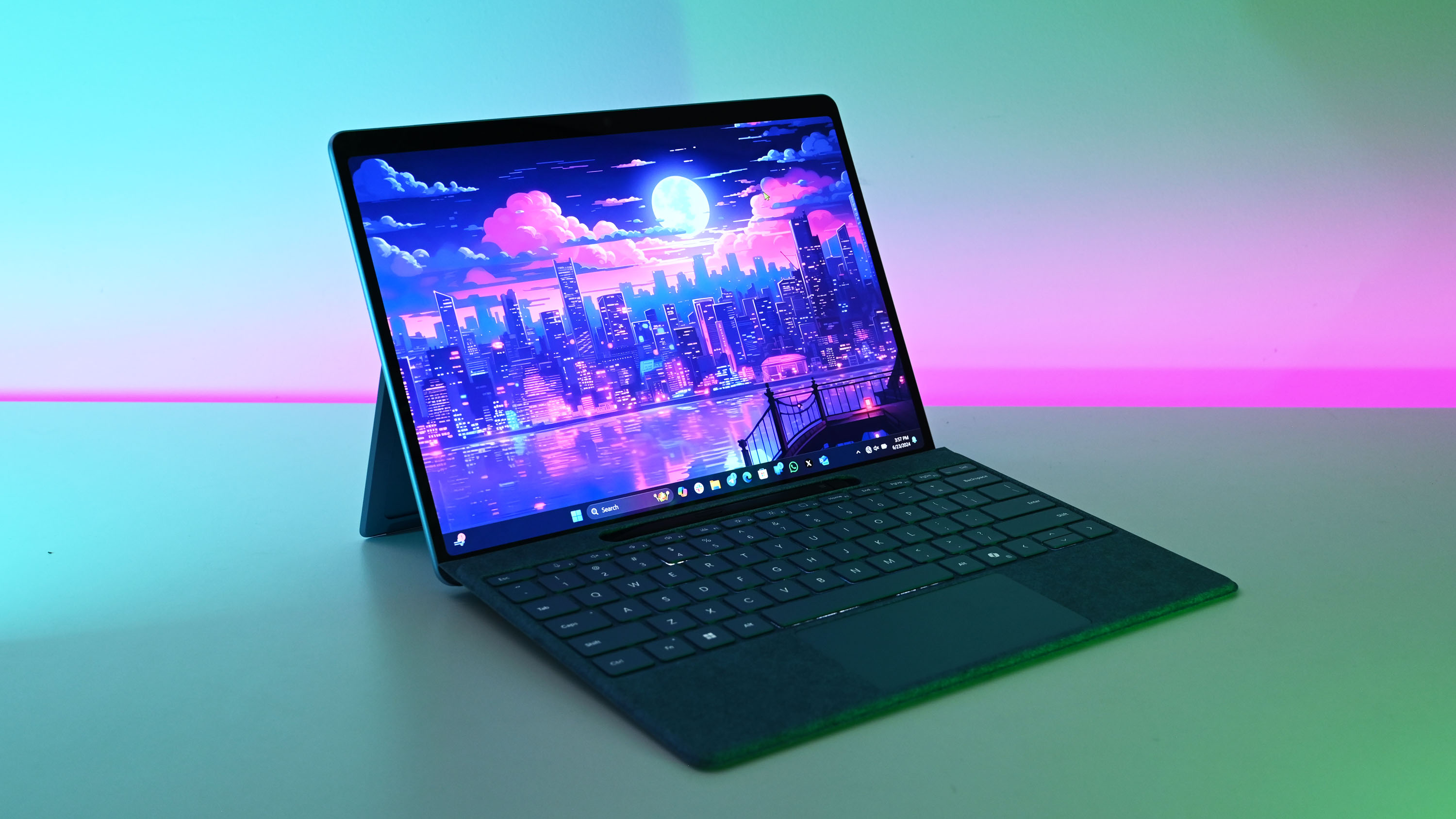Razer will release its N95 medical-grade facemask with Chroma RGB
Razer's Project Hazel combines medical-grade protection with tech built for communication.
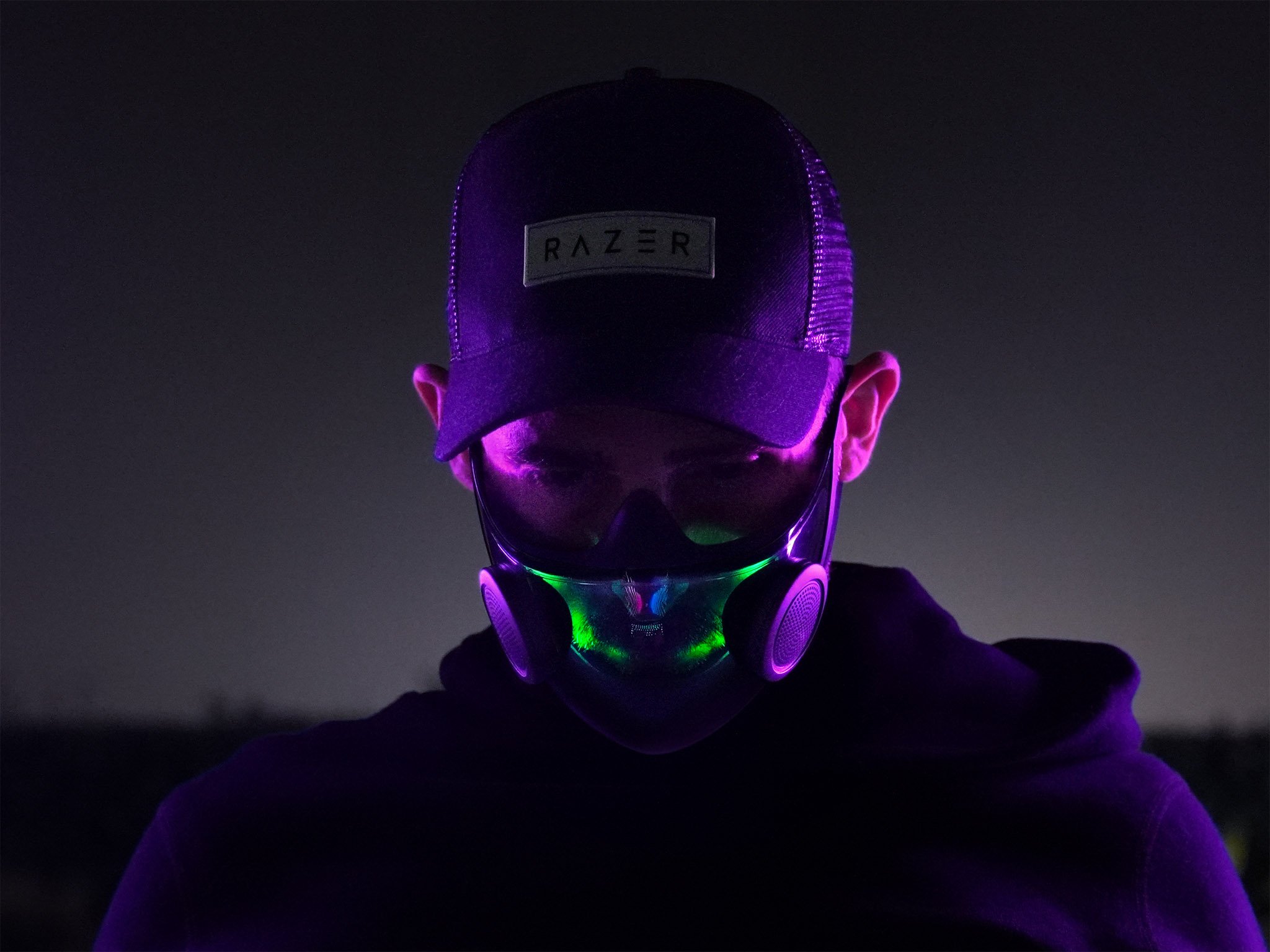
What you need to know
- Razer will make a hi-tech facemask with a clear cover and voice amplification.
- It was initially announced as a concept called Project Hazel but will go into production.
- The facemask will also include RGB lighting to match many of Razer's other products.
Razer announced a concept facemask called Project Hazel in January. The facemask features a transparent design so that people can see your facial expressions, as well as several hi-tech components. While Project Hazel was initially just a concept, Razer CEO Min-Liang Tan told Yahoo Finance that the company is working to make it into a reality.
On the protection side of things, Project Hazel features N95 medical-grade respirators with "detachable and rechargeable active ventilators and Smart Pods." The Smart Pods have high bacterial filtration efficiency (BFE) to remove 95 percent of airborne particles with a "high fluid resistance."
But Razer isn't just making a safe and comfortable facemask; it also has tech built-in. Communication through the mask should be much easier than normal cloth masks because it has VoiceAmp tech. This "uses a built-in microphone and amplifier to enhance the user's speech." It also has a clear design so people can see your lips and facial expressions.
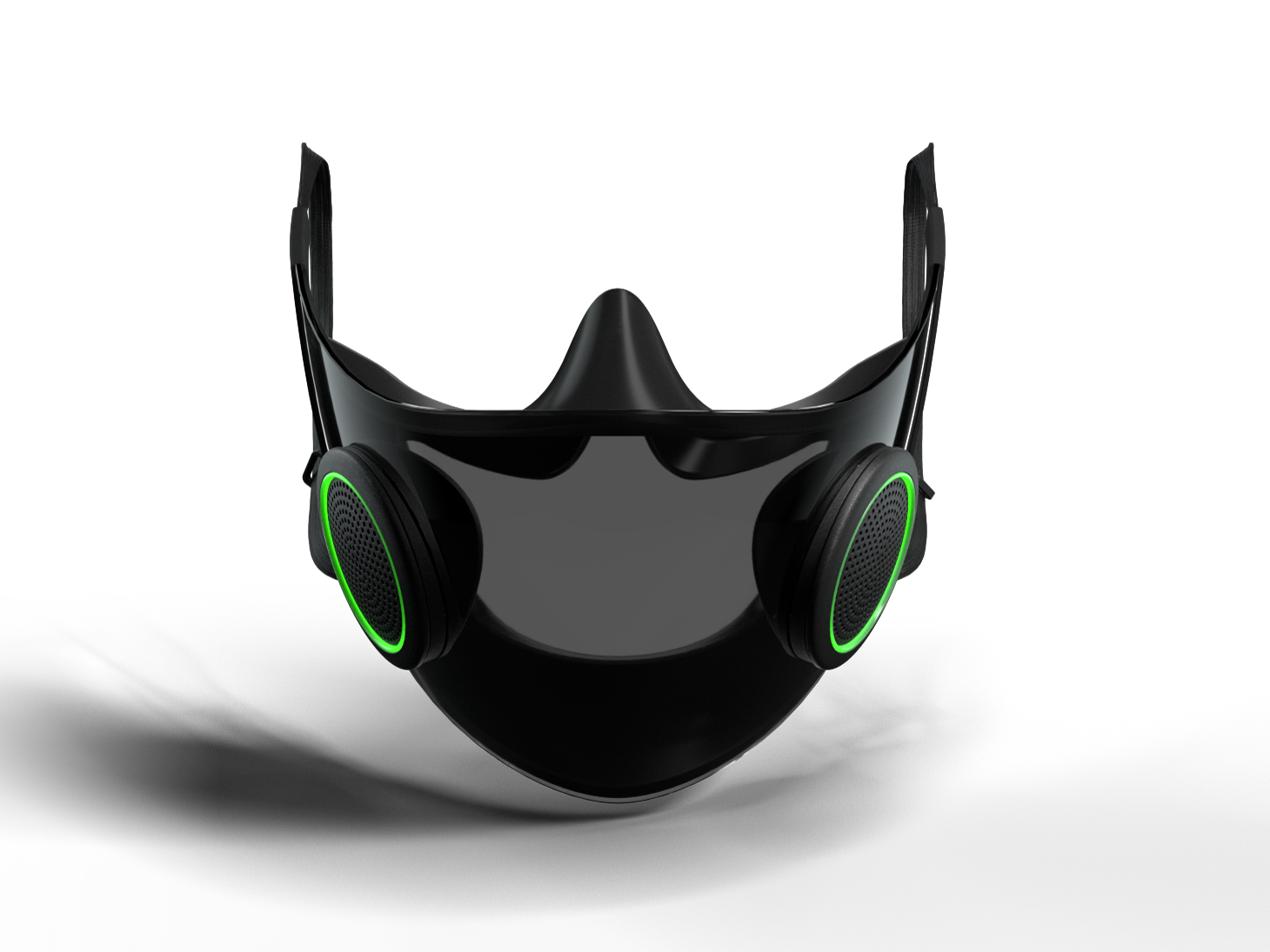
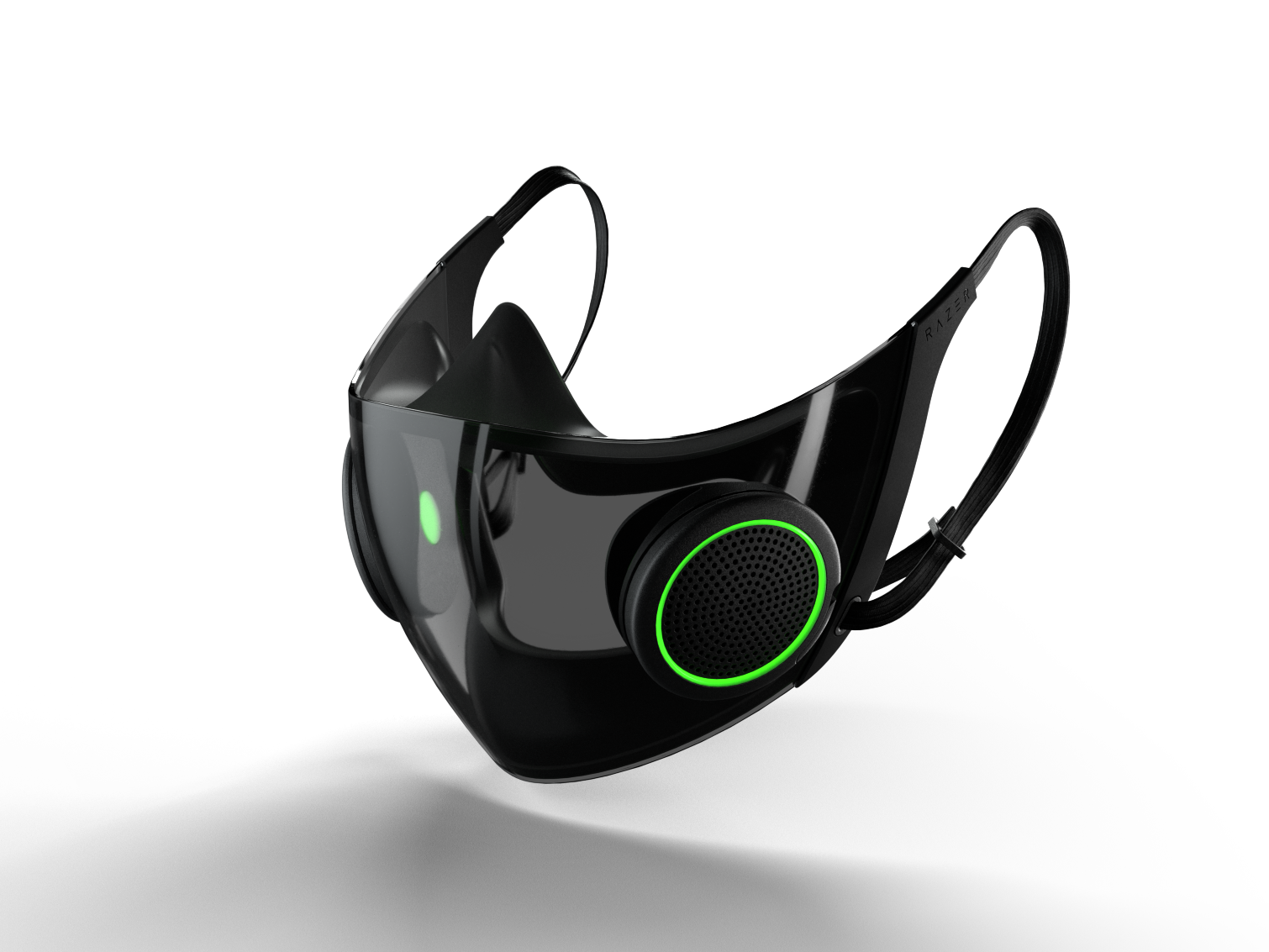
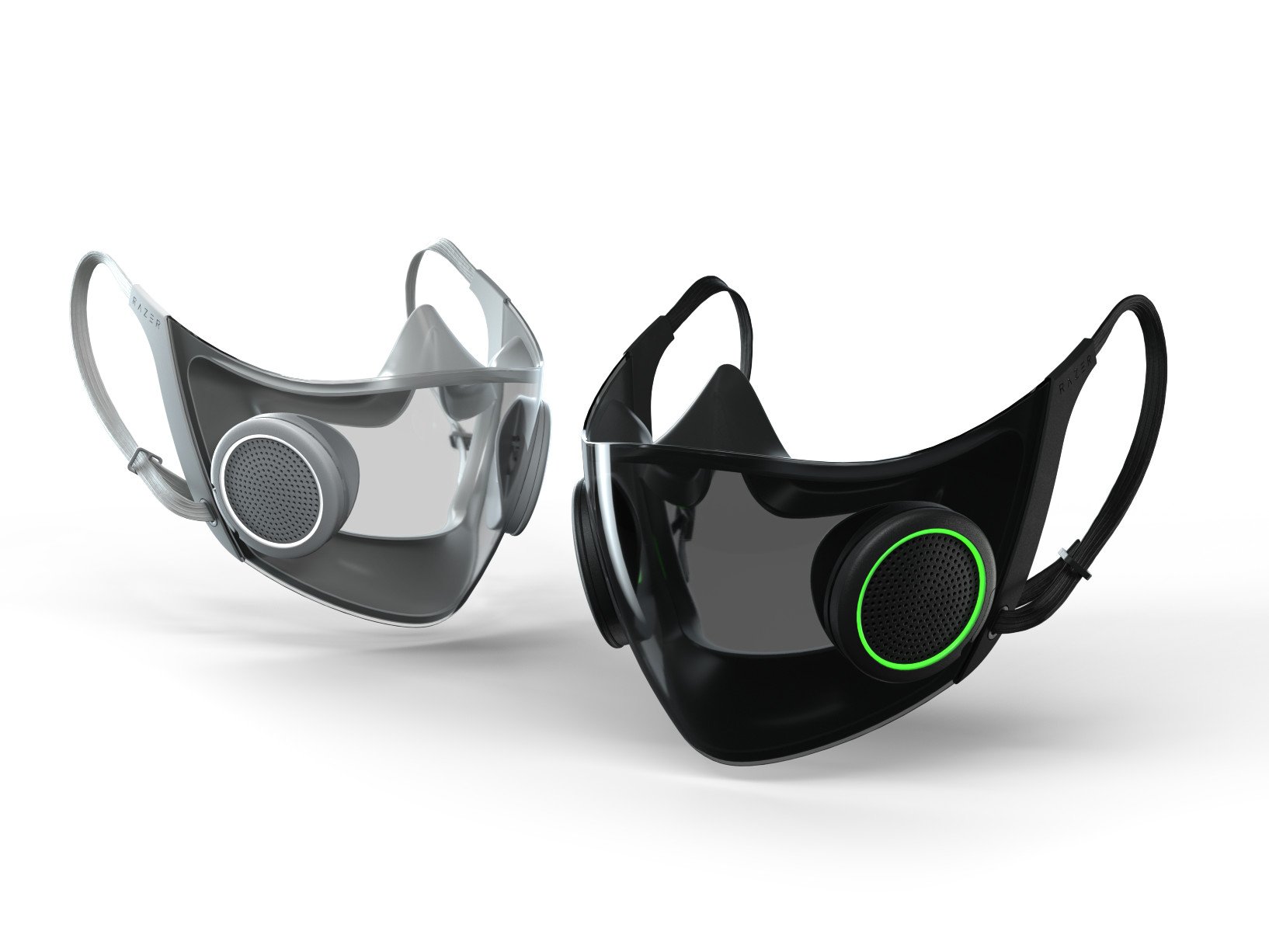
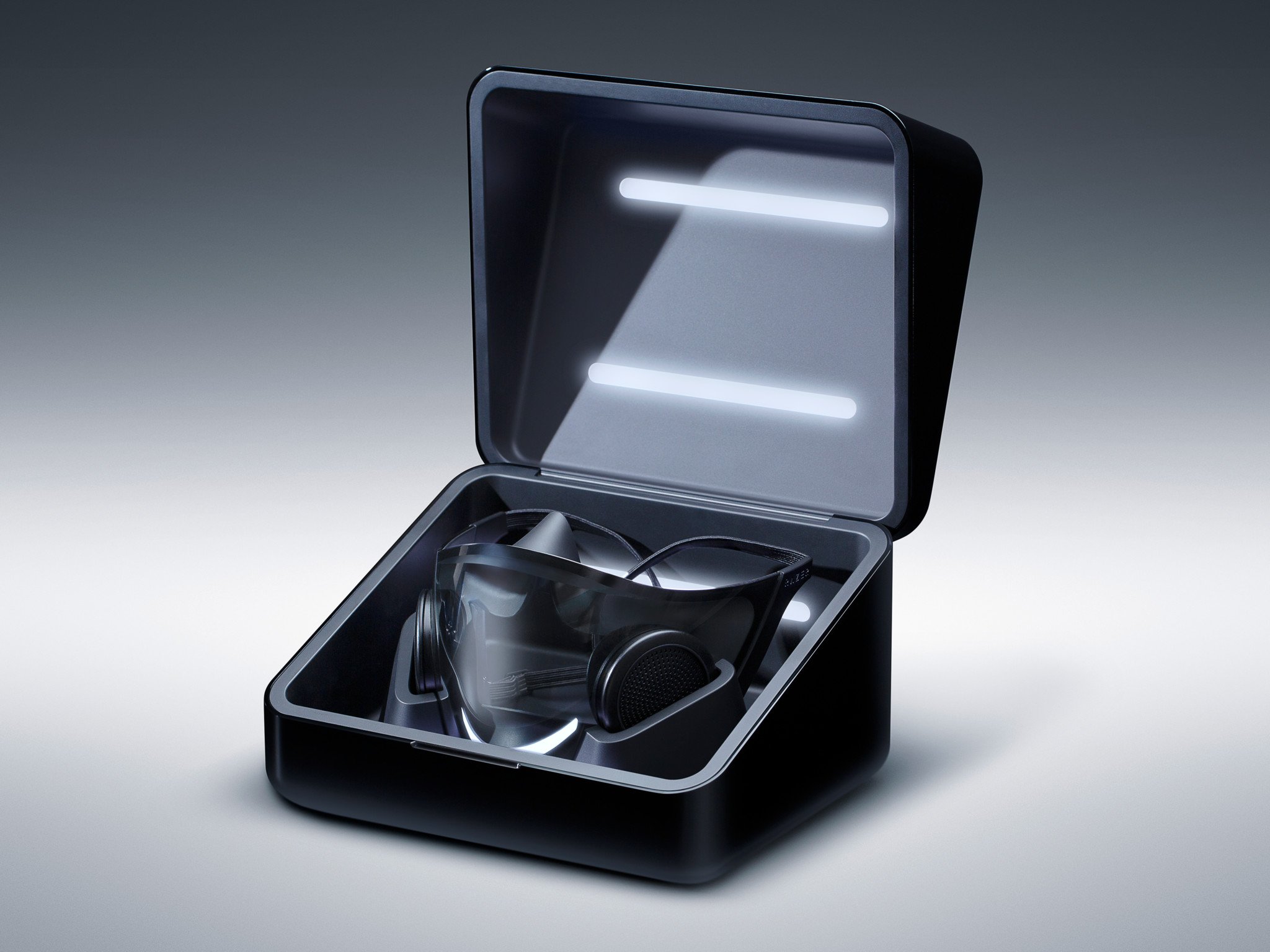
The mask also has interior lights that make it easier for people to see you in different lighting conditions. It also has "two customizable Razer Chroma RGB lighting zones offering 16.8 million colors and a suite of dynamic lighting effects."
Razer discussed Project Hazel back in January in a video:
Tan told Yahoo Finance:
We were thinking, this is a concept project and is this going to be relevant when vaccinations and everything has been rolled out. I think moving forward we decided — and I can tell you now — we are going to proceed in making it a reality and ship the smart mask.
While many countries and regions are doing well in terms of vaccination efforts, there are still risks that these masks can help protect people from. Tan explained the several factors involved:
All the latest news, reviews, and guides for Windows and Xbox diehards.
We've realised that even with vaccinations we are hearing you still have to be masked up because there is still the risk factor that even if you're vaccinated, you still need to be incredibly careful. Secondly, there are also many countries that are unlikely that are going to get the whole [scale] of vaccinations in the next year or even two so travelling everyone should be very careful.So with that in mind, we are going to go ahead and solve the sustainable aspect of the mask which is one of the big things for us. Project Hazel is going to be a reality. We are going to make it happen, and I think we will all will be, unfortunately, wearing masks for a long time to come.
Our executive editor Daniel Rubino covered the ins and outs of Project Hazel when it was first announced.

Sean Endicott is a news writer and apps editor for Windows Central with 11+ years of experience. A Nottingham Trent journalism graduate, Sean has covered the industry’s arc from the Lumia era to the launch of Windows 11 and generative AI. Having started at Thrifter, he uses his expertise in price tracking to help readers find genuine hardware value.
Beyond tech news, Sean is a UK sports media pioneer. In 2017, he became one of the first to stream via smartphone and is an expert in AP Capture systems. A tech-forward coach, he was named 2024 BAFA Youth Coach of the Year. He is focused on using technology—from AI to Clipchamp—to gain a practical edge.
